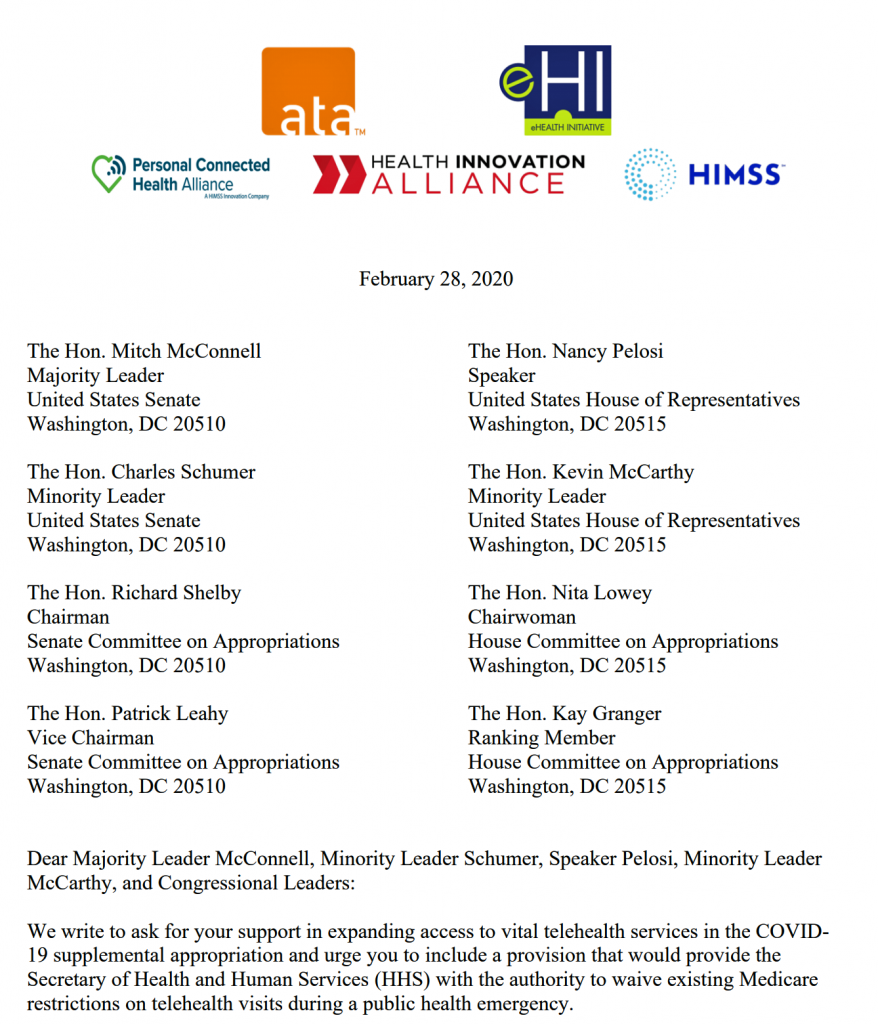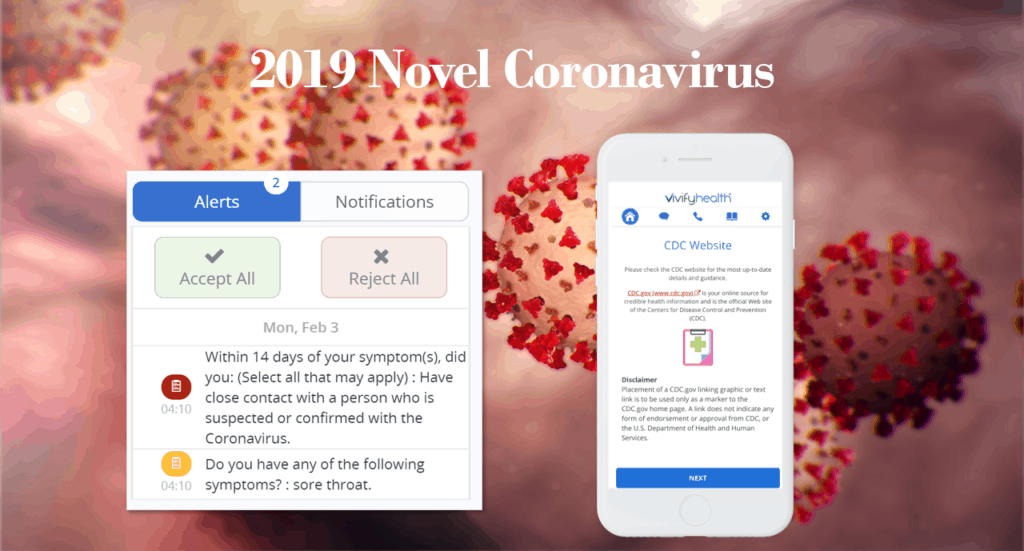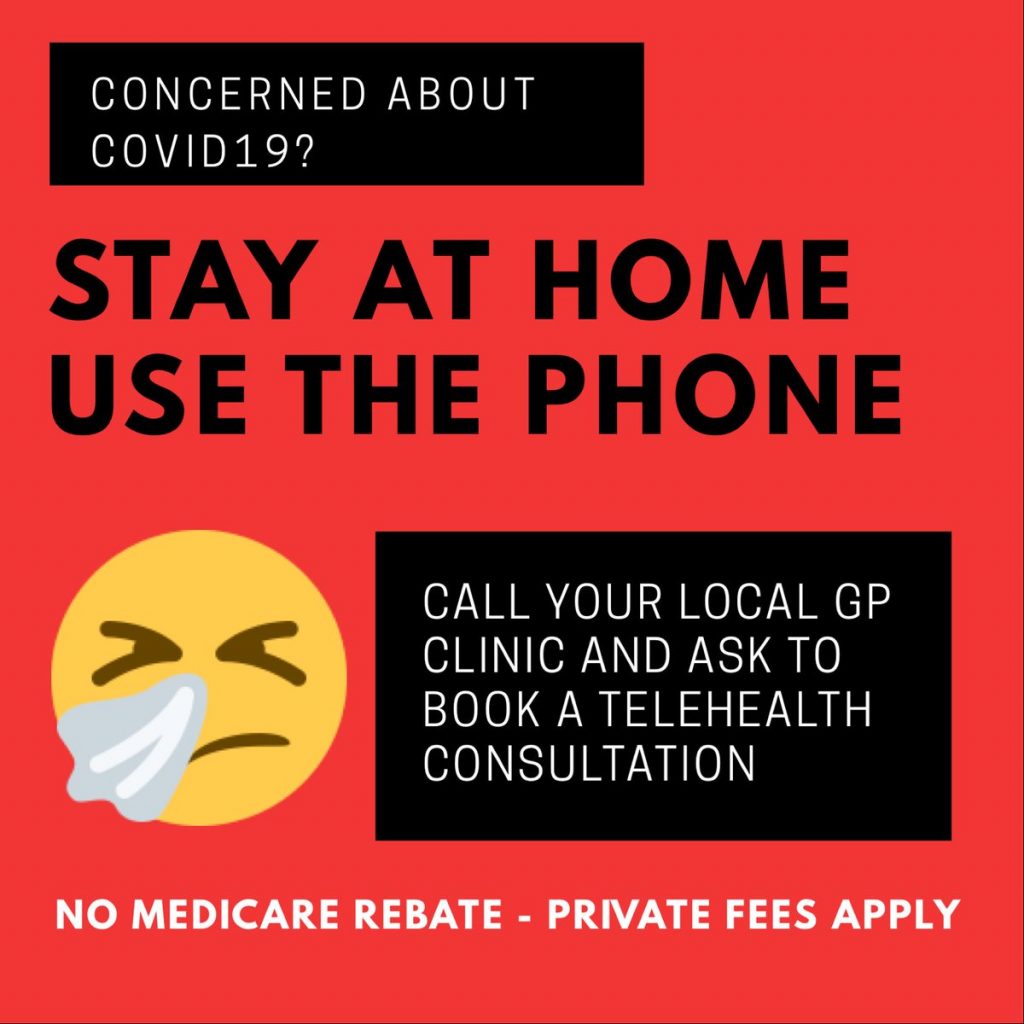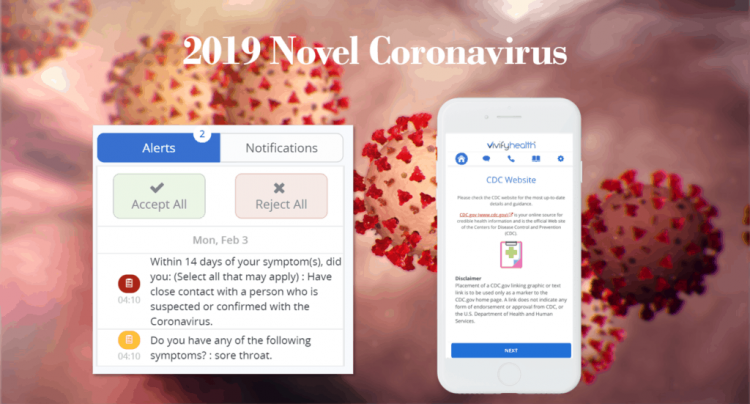Will the coronavirus inspire greater adoption of telehealth in the U.S.?
Let’s travel to Shanghai, China where, “the covid-19 epidemic has brought millions of new patients online. They are likely to stay there,” asserts “The smartphone will see you now,” an article in the March 7th 2020 issue of The Economist.
The article returns to the advent of the SARS epidemic in China in 2003, which ushered in a series of events: people stayed home, and Chinese social media and e-commerce proliferated.
The coronavirus spawned another kind of gift to China and the nation’s health citizens: telemedicine, the essay explains. A couple of intriguing examples: Ali Health, part of Alibaba (the e-commerce giant), launched a free online clinic in locked-down Hubei (whose capital is Wuhan) where in five days, 100,000 patients received remote consultations. The WeDoctor app, part of Tencent, deployed 20,000 online doctors donating time for free.
COVID-19 accelerated telemedicine adoption, the story goes, being accessed mainstream through major regions of China.
Will this be the scenario in the U.S.? I asked myself, then went to my Oracle of Telehealth: Ann Mond Johnson, CEO of ATA (once named the American Telemedicine Association). I’d seen ATA’s initial statement on the coronavirus published on March 3 2020, so I knew Ann was on this issue.
 Here’s our 4-question Q&A, sharing Ann’s responses as “A (Answer) from AMJ” by question.
Here’s our 4-question Q&A, sharing Ann’s responses as “A (Answer) from AMJ” by question.
Q1–What’s the ATA’s overall perspective on the coronavirus pandemic in this early phase of the outbreak?
A1 from AMJ: While we’re deeply concerned about this escalating situation and make the health and safety of our community and the health of the world’s population a top priority, we have been inspired by how our members – delivery systems, solution providers, payers – are so quickly responding to address this pandemic. It is clear that there’s no better use case for digital/tele/virtual health than what is unfolding right now. Telehealth is helping to improve access to care, speed diagnosis and treatment, and limit the risk of person-to-person spread of the virus. In fact, today, we’re seeing telehealth reimagine care in a more profound and meaningful way than we’ve seen historically. In other words, the elusive “tipping point” is finally here.
Q2 –– Some industry observers have called this, “telehealth’s big moment.” The President signed the $8.3 billion supplemental bill to deal with COVID-19; the bill includes some level of telehealth funding. Is telehealth sufficiently covered in this package? How would you improve what’s in the bill to optimize the use of telehealth in this challenging public health moment?
 A2 from AMJ: The ATA was working with leadership/telehealth champions in Congress the prior week and the week leading up to the vote. We sent our multi-stakeholder letter to U.S. Congressional leadership on February 28 2020. In the supplemental bill for the coronavirus, the telehealth provision is a good first step and we have been very supportive of what Congress was able to accomplish in just a few short days. The ATA alongside several other stakeholders advocated for broader language than what made it into the final version. For example, only health care providers that have an existing relationship with a Medicare patient would be eligible per the requirements in the legislation. If we begin to see a rapid rise in the number of COVID-19 cases, this restriction would limit many telehealth providers that do not currently serve Medicare populations from supporting and relieving pressure on local providers that would need help to meet increased demand from patients seeking care. But overall, this bill is a step in the right direction and I’m confident that telehealth leaders in Congress will continue to work toward addressing some of these challenges. From ATA’s perspective, we will continue to champion permanently removing what at the end of the day are artificial barriers that prevent patients from accessing care when and where they need it.
A2 from AMJ: The ATA was working with leadership/telehealth champions in Congress the prior week and the week leading up to the vote. We sent our multi-stakeholder letter to U.S. Congressional leadership on February 28 2020. In the supplemental bill for the coronavirus, the telehealth provision is a good first step and we have been very supportive of what Congress was able to accomplish in just a few short days. The ATA alongside several other stakeholders advocated for broader language than what made it into the final version. For example, only health care providers that have an existing relationship with a Medicare patient would be eligible per the requirements in the legislation. If we begin to see a rapid rise in the number of COVID-19 cases, this restriction would limit many telehealth providers that do not currently serve Medicare populations from supporting and relieving pressure on local providers that would need help to meet increased demand from patients seeking care. But overall, this bill is a step in the right direction and I’m confident that telehealth leaders in Congress will continue to work toward addressing some of these challenges. From ATA’s perspective, we will continue to champion permanently removing what at the end of the day are artificial barriers that prevent patients from accessing care when and where they need it.
 Q3 – Given the fact that telehealth is still relatively new to millions of U.S. consumers/patients, what can we do to raise the level of awareness of the benefits of telehealth in light of the COVID-19 challenge?
Q3 – Given the fact that telehealth is still relatively new to millions of U.S. consumers/patients, what can we do to raise the level of awareness of the benefits of telehealth in light of the COVID-19 challenge?
A3 from AMJ: You know from all the research you’ve seen that consumer engagement in telehealth is often a reflection motivated by their providers. We believe telehealth awareness is being raised by health plans who are contacting members; physician practices in contact with patients; and telehealth solution providers making individuals aware of virtual care options. Many ATA members are playing a key role addressing the virus, including Vivify, Teladoc, AmericanWell, RelyMD, BrightMD and Zipnosis. For example, Vivify is offering a new Coronavirus Pathway so providers who use their remote patient monitoring (RPM) platform can share with their patients the ability to self-screen. Vivify is distributing the Pathway free to providers to help them reduce the health risks to all their patients, but especially those whose lives are at greatest risk, such as the elderly and small children whose immune systems are not fully developed.
Teladoc has put protocols in place to identify and report cases, best practices for educating and preparing a health system’s patient population, and the role of virtual care in minimizing exposure to potentially contagious viruses. AmWell launched a National COVID-19 Telehealth Response Program, and RelyMD’s solution is working through a physician practice in North Carolina, advising patients to download the RelyMD app to get up-to-date information, check symptoms, and support self-care. Finally, the Governor of South Carolina recently announced that the state is offering Zipnosis free to all residents. We expect all providers at some point to begin offering free asynchronous visits because they’re much more efficient and effective.
Q4 – How has the ATA been responding to the coronavirus phenomenon? What can we expect to hear relevant to the public health challenge?
A4 from AMJ — More than ever, it is important to learn from each other and share best practices, and work together to understand the challenges and identify solutions. For starters, we’ve been working with HHS and CMS to support their efforts. Because, ultimately, we must work to bake digital health services into our emergency preparedness and response infrastructure. And then we’ve been working directly with our members to showcase the incredible work they are doing in the face of this health emergency. Their telehealth solutions are helping to improve access to care, speed diagnosis and treatment, and limit the risk of person-to-person spread of the virus. We are promoting important dialogue and education across the industry, posting information and resources shared by members on the ATA website, and facilitating dozens of media requests, giving our members a public platform to discuss the value of telehealth and the technology-enabled solutions that are being implemented. In addition, we are collaborating with our members to develop webinars, use cases and other materials that will offer important perspective from provider organizations, experts in policy and reimbursement, and solution providers. The ATA will also continue to impact policy as the coronavirus pandemic challenge continues to evolve. And as I said before, I believe this crisis represents a truly inflection point for our industry as more people experience the benefits of receiving care, virtually, anywhere.
 Health Populi’s Hot Points: So, can the U.S. ramp up telehealth adoption as we have seen in China? Clearly, the U.S. private sector providers, including the ATA members Ann cited above, among others, are innovating, organizing, and deploying creative solutions to meet this pandemic moment. There’s growing demand for “triage, testing and treatment,” as Dr. Amy Compton-Philips of Providence St. Joseph Health (literally “Ground Zero” for Patient 1 of COVID-19 in the U.S.) told a HIMSS session on 10th March describing her organization’s early learnings in managing this pandemic.
Health Populi’s Hot Points: So, can the U.S. ramp up telehealth adoption as we have seen in China? Clearly, the U.S. private sector providers, including the ATA members Ann cited above, among others, are innovating, organizing, and deploying creative solutions to meet this pandemic moment. There’s growing demand for “triage, testing and treatment,” as Dr. Amy Compton-Philips of Providence St. Joseph Health (literally “Ground Zero” for Patient 1 of COVID-19 in the U.S.) told a HIMSS session on 10th March describing her organization’s early learnings in managing this pandemic.
But the private sector can only do as much with the obstacles of government regulations and other market barriers long preventing the spread of telehealth in the U.S.
As the Chinese proverb goes, “A crisis is an opportunity riding the dangerous wind.”
In America right here, right now, the coronavirus is that dangerous wind…and we mean to outlive it. Time to look to the East and take some lessons on how to bring telehealth to people at home, in communities, and outside of U.S. hospitals’ four walls — which will be increasingly challenged in the coming days and weeks.
Check out this last public health poster about Medicare and COVID-19. No, it’s not from the U.S. That’s Medicare, Australia-style, adopting telehealth in this coronavirus era.





 I'm in amazing company here with other #digitalhealth innovators, thinkers and doers. Thank you to Cristian Cortez Fernandez and Zallud for this recognition; I'm grateful.
I'm in amazing company here with other #digitalhealth innovators, thinkers and doers. Thank you to Cristian Cortez Fernandez and Zallud for this recognition; I'm grateful. Jane was named as a member of the AHIP 2024 Advisory Board, joining some valued colleagues to prepare for the challenges and opportunities facing health plans, systems, and other industry stakeholders.
Jane was named as a member of the AHIP 2024 Advisory Board, joining some valued colleagues to prepare for the challenges and opportunities facing health plans, systems, and other industry stakeholders.  Join Jane at AHIP's annual meeting in Las Vegas: I'll be speaking, moderating a panel, and providing thought leadership on health consumers and bolstering equity, empowerment, and self-care.
Join Jane at AHIP's annual meeting in Las Vegas: I'll be speaking, moderating a panel, and providing thought leadership on health consumers and bolstering equity, empowerment, and self-care.